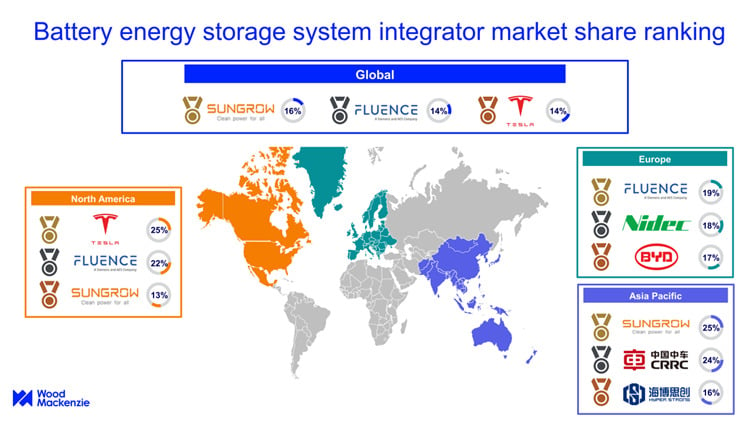Classification of Countries in Global Geopolitics and International Relations
In the context of global geopolitics and international relations, countries can be categorized based on two critical dimensions: national power and governance capability. This classification provides insights into how nations influence global affairs and their capacity to contribute to sustainable development aligned with the Sustainable Development Goals (SDGs).
Categories of Countries Based on Power and Governance
-
Weak-Weak Countries
These countries exhibit both limited national power and weak governance structures. They often face internal inefficiencies, instability, and lack coherent leadership, resulting in minimal impact on international affairs. Their challenges hinder progress towards several SDGs, including:
- SDG 16: Peace, Justice, and Strong Institutions
- SDG 8: Decent Work and Economic Growth
- SDG 1: No Poverty
Addressing governance weaknesses and building national capacity in these countries is essential for fostering stability and sustainable development.
-
Strong-Weak Countries
Countries in this category possess considerable national strength—economic, military, or strategic—but suffer from poor governance. Examples include France and Germany at various points in history. Despite their resources, bureaucratic inertia and political fragmentation limit their effectiveness. Improving governance in these nations is critical to advancing:
- SDG 9: Industry, Innovation, and Infrastructure
- SDG 16: Peace, Justice, and Strong Institutions
- SDG 17: Partnerships for the Goals
-
Weak-Strong Countries
These countries have limited or moderate national power but exhibit highly capable governance. Russia exemplifies this category, demonstrating strong strategic direction despite economic and demographic constraints. Such governance strength enables these nations to exert influence beyond their material capabilities, impacting regional stability and peace, which relates to:
- SDG 16: Peace, Justice, and Strong Institutions
- SDG 10: Reduced Inequalities
- SDG 17: Partnerships for the Goals
Effective governance in these countries can be leveraged to promote conflict resolution and sustainable development.
-
Strong-Strong Countries
These nations combine substantial national power with effective, professional governance. The United States is a prime example, demonstrating unmatched global influence and institutional resilience. Interestingly, the Vatican is also considered in this category due to its governance efficiency and moral influence. Strong-strong countries typically operate autonomously in international affairs and contribute significantly to achieving the SDGs, particularly:
- SDG 16: Peace, Justice, and Strong Institutions
- SDG 17: Partnerships for the Goals
- SDG 1-15: Broad impact across all Sustainable Development Goals through leadership and resource mobilization
Implications for Sustainable Development Goals (SDGs)
This fourfold typology—weak-weak, strong-weak, weak-strong, and strong-strong—provides a framework to understand how the interplay between national power and governance shapes a country’s ability to contribute to the SDGs. Key implications include:
- Governance Strength as a Catalyst: Strong governance is essential for implementing policies that advance sustainable development, regardless of a country’s power status.
- Power Without Governance Limits Progress: Nations with resources but poor governance face challenges in achieving SDGs effectively.
- International Cooperation: Strong-strong countries have a critical role in fostering global partnerships (SDG 17) to support weaker nations in governance and capacity building.
- Conflict Prevention and Peacebuilding: Understanding governance capabilities helps in anticipating conflicts and promoting peace (SDG 16), essential for sustainable development.
Conclusion
Understanding countries through the lens of national power and governance capability offers valuable insights into their roles in the global order and their potential to achieve the Sustainable Development Goals. Strengthening governance and fostering international collaboration remain pivotal strategies for advancing global peace, prosperity, and sustainability.
1. Sustainable Development Goals (SDGs) Addressed or Connected
- SDG 16: Peace, Justice and Strong Institutions
- The article focuses heavily on governance capability and national power, highlighting the importance of effective governance and institutional strength in shaping international relations.
- It discusses weak governance, political fragmentation, and bureaucratic inertia, which are central issues addressed by SDG 16.
- SDG 17: Partnerships for the Goals
- The article emphasizes international relations and global order, which relate to cooperation and partnerships between countries.
- Understanding the dynamics of power and governance can facilitate better international cooperation.
- SDG 8: Decent Work and Economic Growth
- National power includes economic strength, which is discussed in the context of countries’ capacities.
- Economic development and stability are implied as factors influencing governance and power.
2. Specific Targets Under Those SDGs Identified
- SDG 16 Targets
- Target 16.6: Develop effective, accountable and transparent institutions at all levels.
- Target 16.7: Ensure responsive, inclusive, participatory and representative decision-making at all levels.
- Target 16.3: Promote the rule of law at the national and international levels and ensure equal access to justice for all.
- SDG 17 Targets
- Target 17.16: Enhance the global partnership for sustainable development, complemented by multi-stakeholder partnerships.
- Target 17.17: Encourage and promote effective public, public-private and civil society partnerships.
- SDG 8 Targets
- Target 8.1: Sustain per capita economic growth in accordance with national circumstances.
- Target 8.2: Achieve higher levels of economic productivity through diversification, technological upgrading and innovation.
3. Indicators Mentioned or Implied to Measure Progress
- Governance Indicators
- Effectiveness of governance structures (implied by references to “weak” or “strong” governance).
- Political stability and absence of violence/terrorism (implied by internal inefficiencies and instability in weak-weak countries).
- Government effectiveness index (implied by bureaucratic inertia and political fragmentation).
- National Power Indicators
- Economic strength metrics such as GDP or economic productivity (implied by references to economic power).
- Military and strategic capabilities (implied by national power including military strength).
- International Relations Indicators
- Degree of international influence or diplomatic reach (implied by global influence and autonomy in international affairs).
- Participation in international partnerships or alliances (implied by discussion of global order and cooperation).
4. Table: SDGs, Targets and Indicators
| SDGs | Targets | Indicators |
|---|---|---|
| SDG 16: Peace, Justice and Strong Institutions |
|
|
| SDG 17: Partnerships for the Goals |
|
|
| SDG 8: Decent Work and Economic Growth |
|
|
Source: ceoworld.biz







